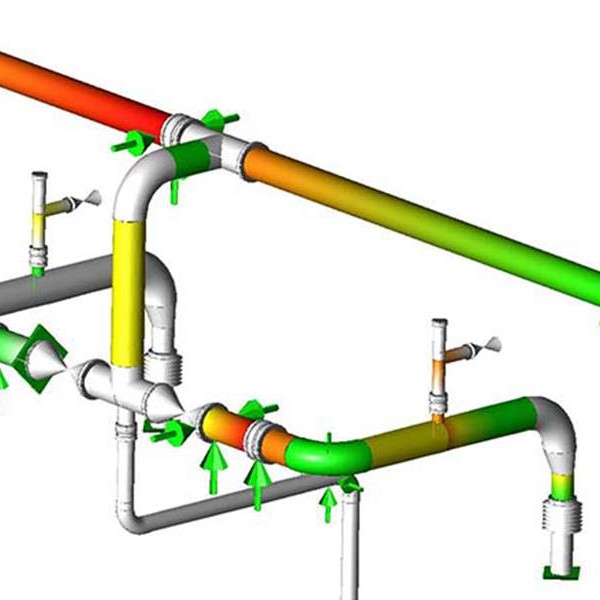
-
 Afrikaans
Afrikaans -
 Albanian
Albanian -
 Amharic
Amharic -
 Arabic
Arabic -
 Armenian
Armenian -
 Azerbaijani
Azerbaijani -
 Basque
Basque -
 Belarusian
Belarusian -
 Bengali
Bengali -
 Bosnian
Bosnian -
 Bulgarian
Bulgarian -
 Catalan
Catalan -
 Cebuano
Cebuano -
 China
China -
 China (Taiwan)
China (Taiwan) -
 Corsican
Corsican -
 Croatian
Croatian -
 Czech
Czech -
 Danish
Danish -
 Dutch
Dutch -
 English
English -
 Esperanto
Esperanto -
 Estonian
Estonian -
 Finnish
Finnish -
 French
French -
 Frisian
Frisian -
 Galician
Galician -
 Georgian
Georgian -
 German
German -
 Greek
Greek -
 Gujarati
Gujarati -
 Haitian Creole
Haitian Creole -
 hausa
hausa -
 hawaiian
hawaiian -
 Hebrew
Hebrew -
 Hindi
Hindi -
 Miao
Miao -
 Hungarian
Hungarian -
 Icelandic
Icelandic -
 igbo
igbo -
 Indonesian
Indonesian -
 irish
irish -
 Italian
Italian -
 Japanese
Japanese -
 Javanese
Javanese -
 Kannada
Kannada -
 kazakh
kazakh -
 Khmer
Khmer -
 Rwandese
Rwandese -
 Korean
Korean -
 Kurdish
Kurdish -
 Kyrgyz
Kyrgyz -
 Lao
Lao -
 Latin
Latin -
 Latvian
Latvian -
 Lithuanian
Lithuanian -
 Luxembourgish
Luxembourgish -
 Macedonian
Macedonian -
 Malgashi
Malgashi -
 Malay
Malay -
 Malayalam
Malayalam -
 Maltese
Maltese -
 Maori
Maori -
 Marathi
Marathi -
 Mongolian
Mongolian -
 Myanmar
Myanmar -
 Nepali
Nepali -
 Norwegian
Norwegian -
 Norwegian
Norwegian -
 Occitan
Occitan -
 Pashto
Pashto -
 Persian
Persian -
 Polish
Polish -
 Portuguese
Portuguese -
 Punjabi
Punjabi -
 Romanian
Romanian -
 Russian
Russian -
 Samoan
Samoan -
 Scottish Gaelic
Scottish Gaelic -
 Serbian
Serbian -
 Sesotho
Sesotho -
 Shona
Shona -
 Sindhi
Sindhi -
 Sinhala
Sinhala -
 Slovak
Slovak -
 Slovenian
Slovenian -
 Somali
Somali -
 Spanish
Spanish -
 Sundanese
Sundanese -
 Swahili
Swahili -
 Swedish
Swedish -
 Tagalog
Tagalog -
 Tajik
Tajik -
 Tamil
Tamil -
 Tatar
Tatar -
 Telugu
Telugu -
 Thai
Thai -
 Turkish
Turkish -
 Turkmen
Turkmen -
 Ukrainian
Ukrainian -
 Urdu
Urdu -
 Uighur
Uighur -
 Uzbek
Uzbek -
 Vietnamese
Vietnamese -
 Welsh
Welsh -
 Bantu
Bantu -
 Yiddish
Yiddish -
 Yoruba
Yoruba -
 Zulu
Zulu
Exploring the Benefits and Applications of FRP Walkways for Modern Infrastructure
The Future of Sustainable Urban Design Exploring the FRP Walkway
As cities continue to grow and evolve, the need for sustainable construction materials and innovative designs becomes increasingly paramount. One of the leading solutions in this regard is the use of Fiber Reinforced Polymer (FRP) in the construction of walkways and pedestrian pathways. This technology not only addresses environmental concerns but also enhances the aesthetic and functional aspects of urban spaces.
FRP is a composite material made from a polymer matrix reinforced with fibers, which are usually glass, carbon, or aramid. This innovative material boasts a unique combination of resilience and lightweight properties, making it an ideal choice for urban walkways. Unlike traditional materials such as concrete or metal, FRP provides several advantages, particularly in harsh urban environments. Its resistance to corrosion, moisture, and UV rays extends the lifespan of structures, resulting in lower maintenance costs and reduced environmental impact over time.
The Future of Sustainable Urban Design Exploring the FRP Walkway
Moreover, FRP walkways can be customized in various colors and textures, making them versatile for urban design. This flexibility allows city planners and architects to create aesthetically pleasing pathways that blend seamlessly with their surroundings. Whether it's a bustling city center or a serene park, FRP walkways can adapt to different landscapes while adding a modern touch to urban infrastructure.
frp walkway

In terms of safety, FRP walkways provide better slip resistance compared to traditional materials, particularly when wet. This makes them a preferred choice for high-traffic areas where pedestrian safety is paramount. The lightweight nature of FRP also means that the installation process is faster and requires less heavy equipment, minimizing disruption to the surrounding environment during construction.
Additionally, the use of FRP in walkway design can enhance accessibility for all pedestrians, including those with mobility challenges. By creating smooth, even surfaces, FRP walkways support ease of movement without the bumps and cracks often found in concrete paths. This commitment to inclusivity is essential in creating urban spaces that welcome everyone.
Especially in regions prone to natural disasters, such as flooding or earthquakes, FRP walkways show remarkable resilience. Their ability to withstand harsh conditions without deteriorating makes them a reliable option for infrastructure that can last for decades. Cities can invest in these durable pathways, knowing they are building smartly for the future.
Several cities around the world are already embracing FRP technology in their pedestrian projects. For instance, in coastal areas, municipalities are replacing traditional walkways with FRP alternatives to combat erosion and withstand saline environments. This shift not only preserves the scenic beauty of coastal pathways but also ensures safety and functionality for visitors and residents alike.
In conclusion, FRP walkways represent a significant advancement in sustainable urban design, merging durability, aesthetics, and environmental responsibility. As cities face the challenges of growing populations and climate change, innovative materials like FRP will play a crucial role in shaping the future of urban infrastructure. By prioritizing sustainability and inclusivity, city planners and architects can create walkways that not only enhance the urban landscape but also contribute to a greener and more accessible future for all. As we move forward, it is essential to continue exploring and adopting materials that align with our vision of sustainable living, and FRP walkways stand at the forefront of this movement.









